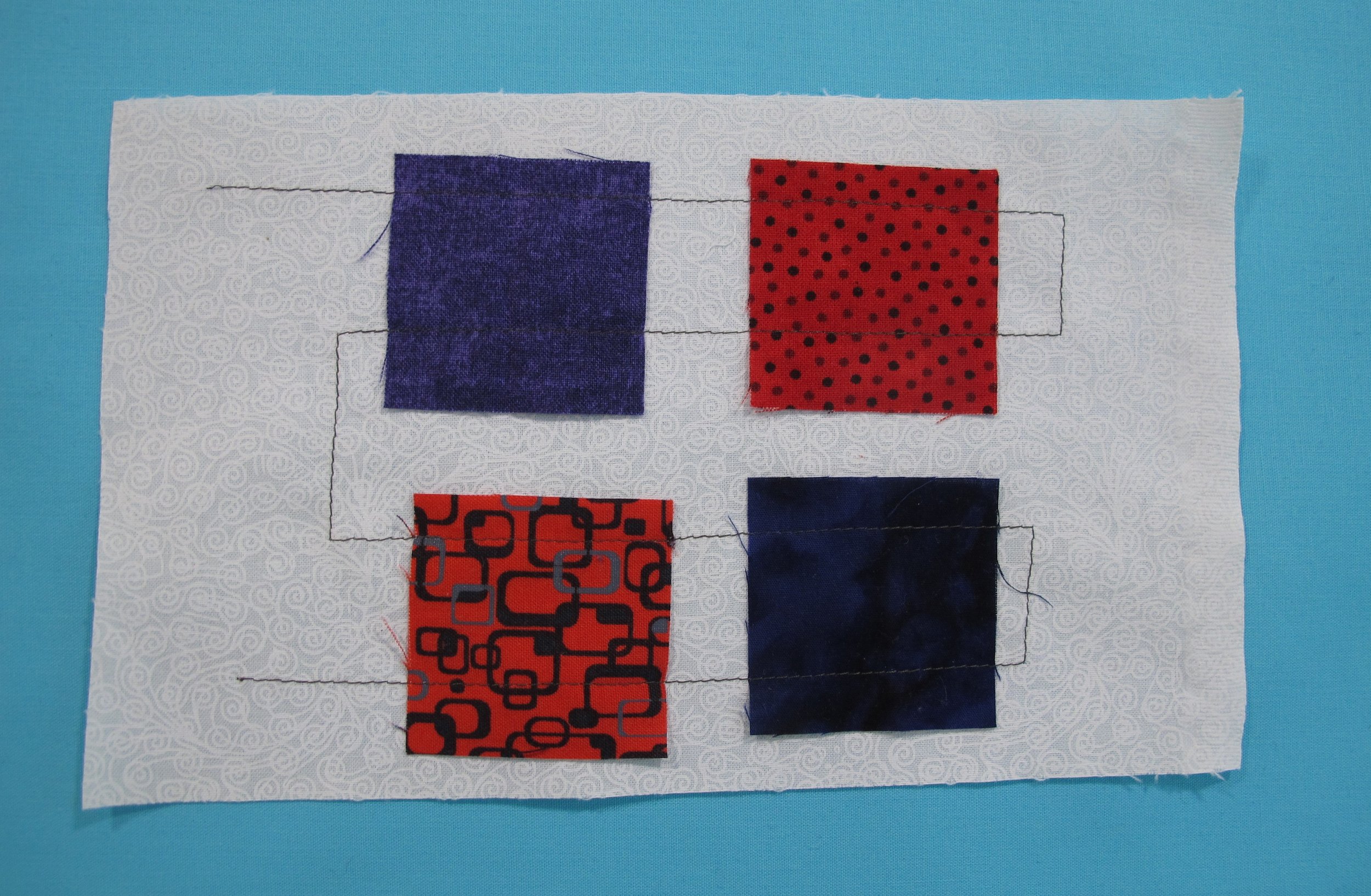Preventing Dye Transfer Disasters
*** This post comes to you by a request from one of your fellow subscribers, Maritta, who had this happen to her!
my favourite laundry helpers
Have you ever made a quilt, chose not to pre-wash your fabrics and then regretted it? Usually it’s because one of the dyes in the fabric bled into surrounding lighter coloured patches. It’s heart-breaking, I know. All that hard work, blood, sweat and tears that went into making your quilted masterpiece and now it seems beyond hope. We’ve all been there.
I used to pre-wash every 100% cotton quilting fabric that came into my home, but I have to admit to becoming very lax in the last year or two…sometimes it gets washed and sometimes it doesn’t, but I think I should get back to washing everything to avoid potential dye transfer.
Many high quality cotton fabrics produced these days are printed using fibre reactive dyes which result in bright, clear colours and are permanent. In other words, there is no dye transfer. However, many are not made this way and bleeding can still occur. Traditionally, the colours that bleed the most are reds and dark blues/purples. Knowing this, it’s a good idea to be proactive and take some steps to prevent the dyes from bleeding in the first place.
First thing, wash fabric in cool/cold water. Hot water opens fabric fibres which encourages the dye to run while cold water keeps them closed and prevents bleeding. Just like with your clothing, it’s best to sort fabrics into lights, mediums and darks even though it might mean running very small loads…depending on how much yardage you have to wash. The smallest piece I will include in the washing machine is a fat quarter. DO NOT put the 2 1/2” strips from a jelly roll in the washing machine! Not only will you end up with a jumbled mass of fibres in one big ol’ lump, but they may also wrap around the agitator (if you have an older top-load machine) and then a call to the repair person is in order. You will get a lot of trailing bits of tangled threads when any fabric is taken out of the washer and then the dryer that will need to be trimmed. Some people like to cut a small corner off of the fabric pieces ahead of time to prevent this from happening, but I have found that it makes no difference.
When washing my own medium to dark fabrics I use my usual laundry soap, but I also drop in a Shout Color Catcher. There are other brands on the market as well, but this is the only one that I have personally used so I can vouch for its effectiveness. The colour catcher, which starts out white, feels like, and looks like, a tear-away stabilizer (for those of you who do machine embroidery or garment sewing) and it traps the dye as the fabric is being washed. When the load is finished it can be anywhere from grey to pink to blue depending on the colours it has trapped. It’s also a good idea to add a cup of white vinegar to the rinse cycle as vinegar can also help stop the bleeding process.
Luckily, I have only experienced dye transfer once and it wasn’t very much. My favourite way of getting stains out of clothing is using Shout Stain Remover Spray. I glob a bunch on the stain, scrub it into the fibres using an old toothbrush, let it sit for about 15 minutes, then wash as usual. This worked for me even with set in stains that have been washed a couple of times. The only thing I have not been able to remove using this product is tree sap (I understand now that hand sanitizer works well for tree sap because of the high alcohol content). So, I figured I would try it on the small amount of dye transfer and it worked. ***You will notice in the photo above that mine does not have a spray nozzle attached. I have an older bottle top that I kept so I am able to deposit a “glob” of product onto the stain. I have no idea if they are still available.
Another product, meant to whiten and brighten fabrics is wonderful for the final wash. Once the main dye transfer is taken care of, a final wash using OxiClean will really help. Of course, these are the methods that I have used personally and you may already have other products that work well for you.
Remember when I talked about being proactive? If you have questionable fabrics that you plan on using in one of your quilts, I recommend stitching a few squares of these fabrics onto a piece of white fabric and throwing it in with your usual load. When it’s taken out of the washer you will know immediately which of the culprits have issues with dye transfer.
I hope you have found this helpful and are not dealing with your own dye transfer horror stories. At least now you will have a little more information in case it does happen to you in the future.


